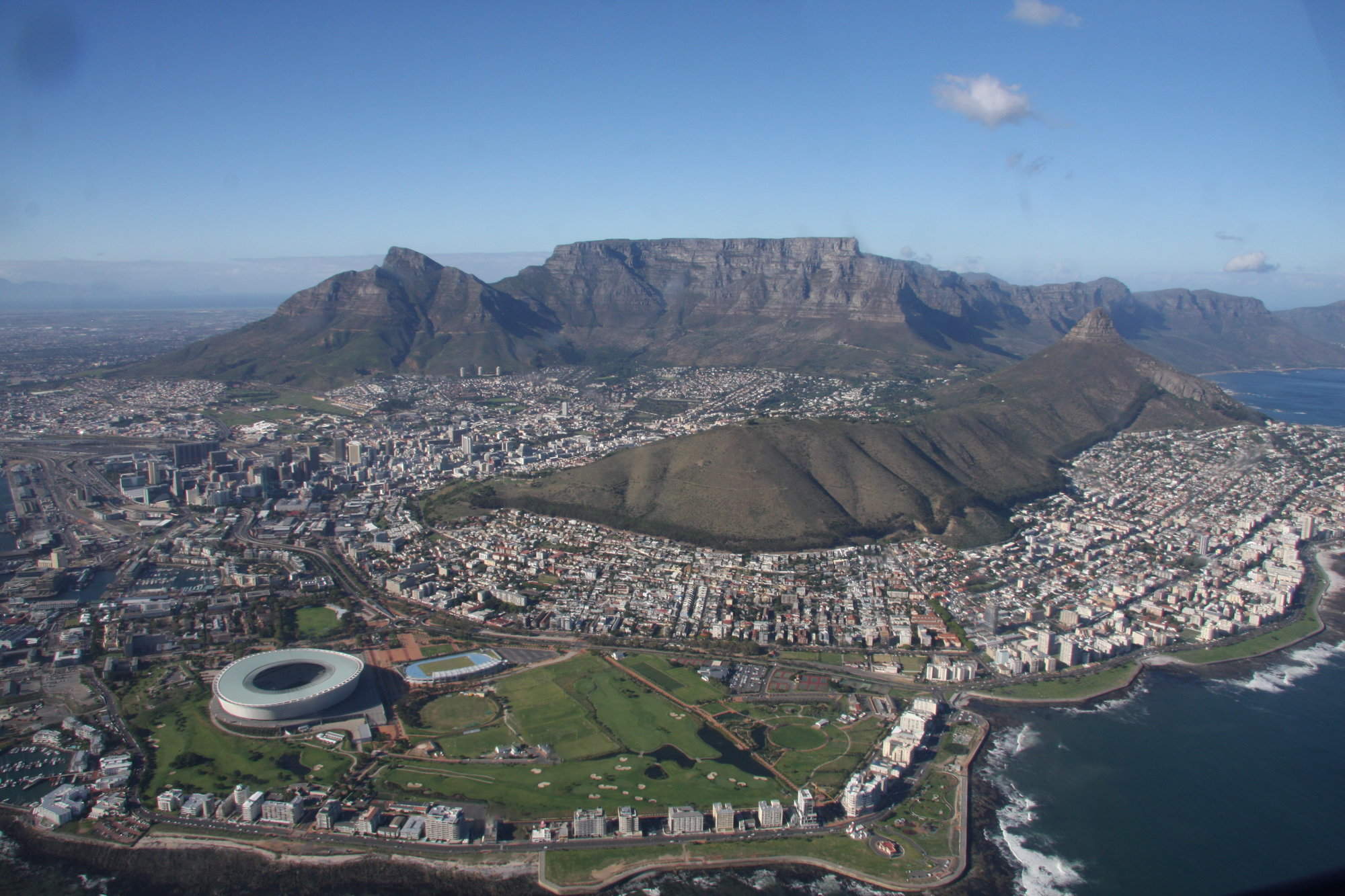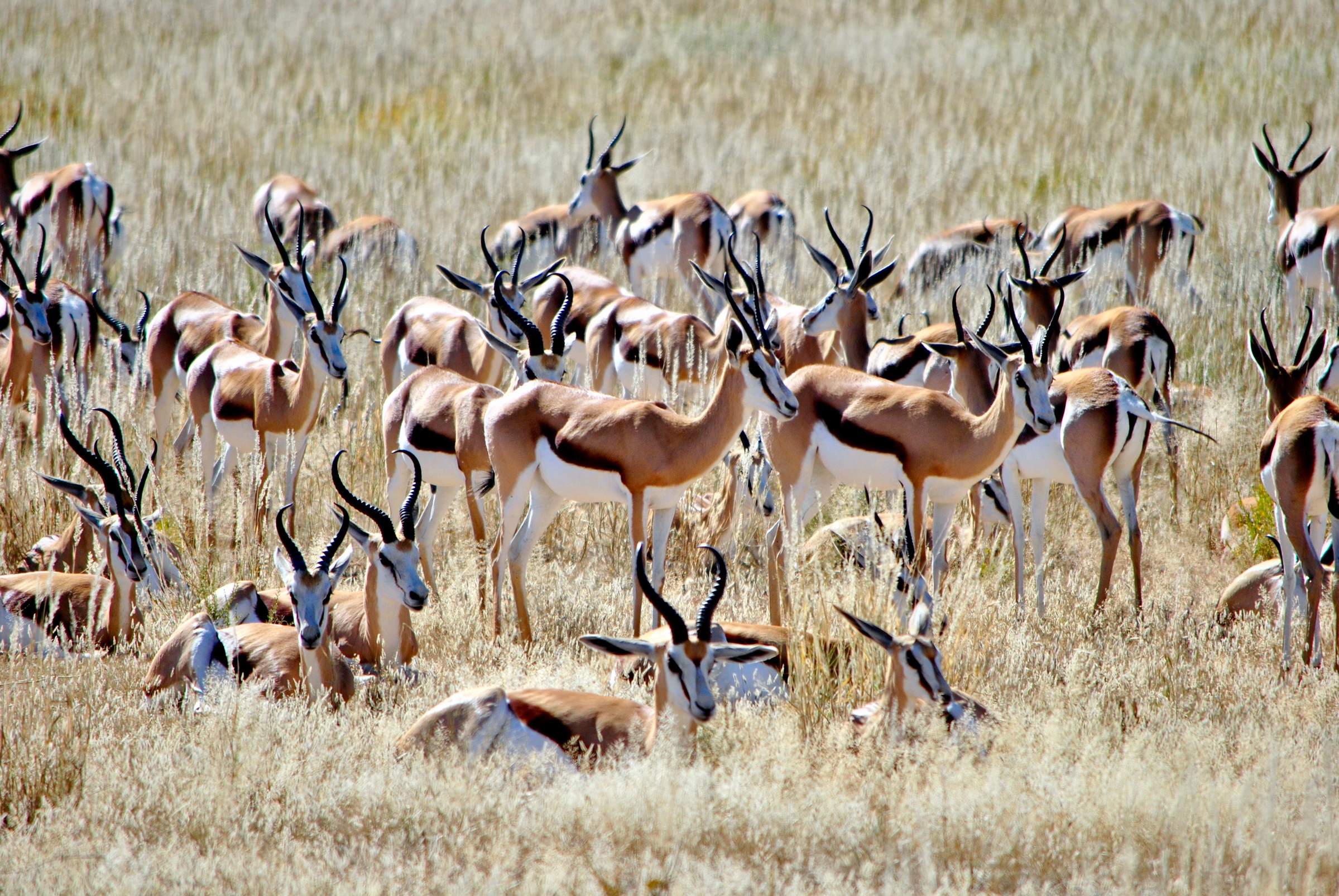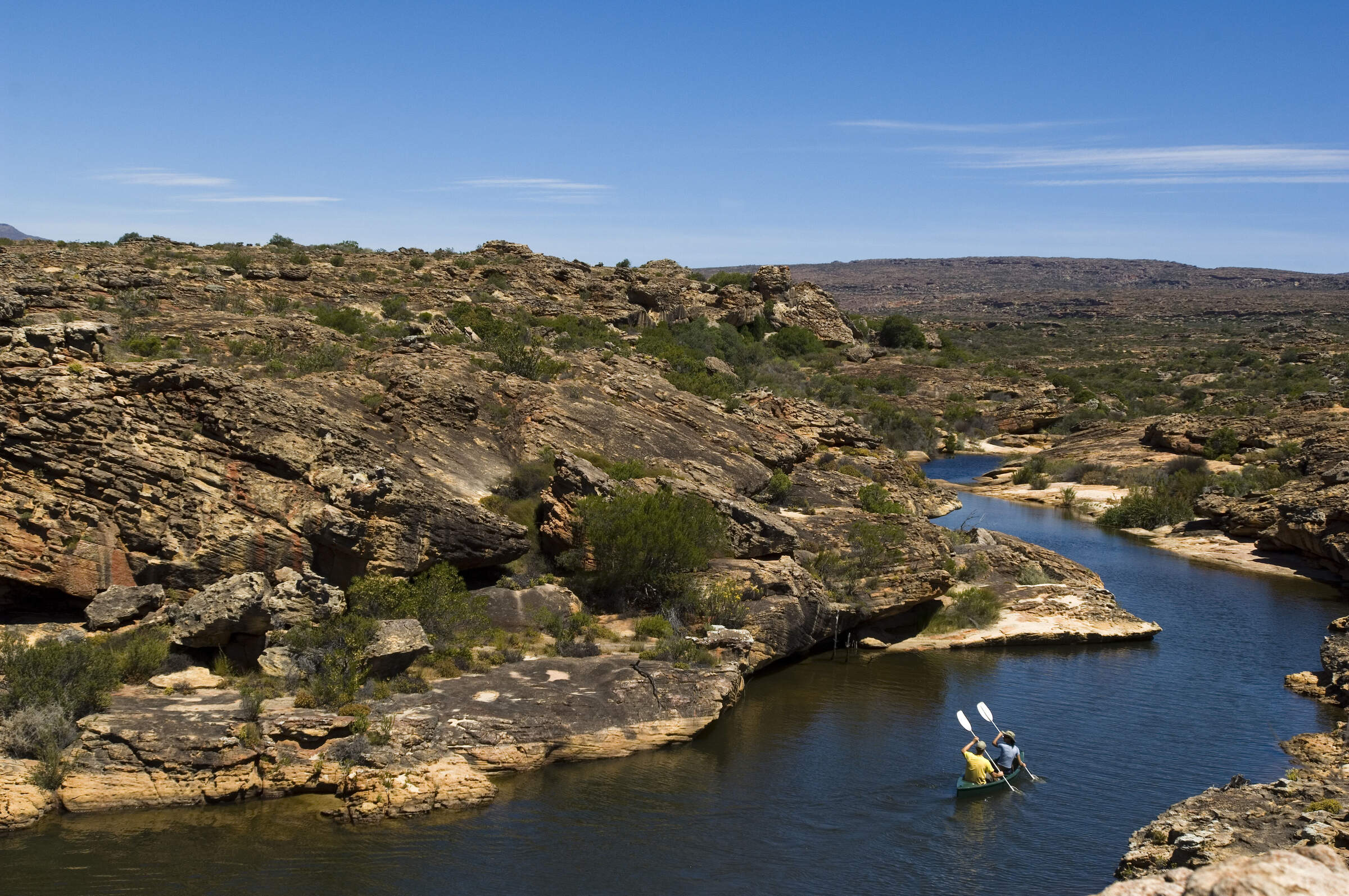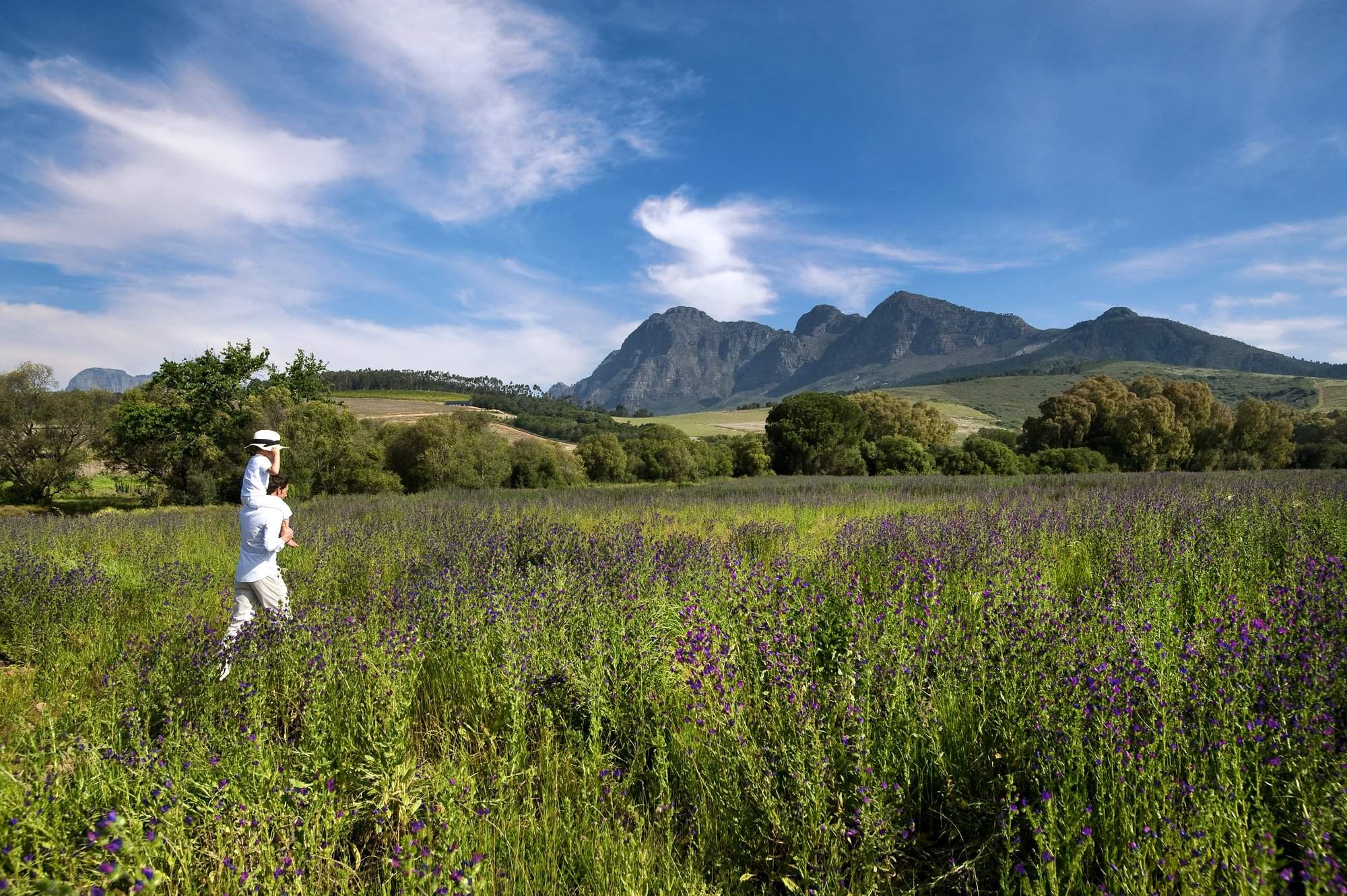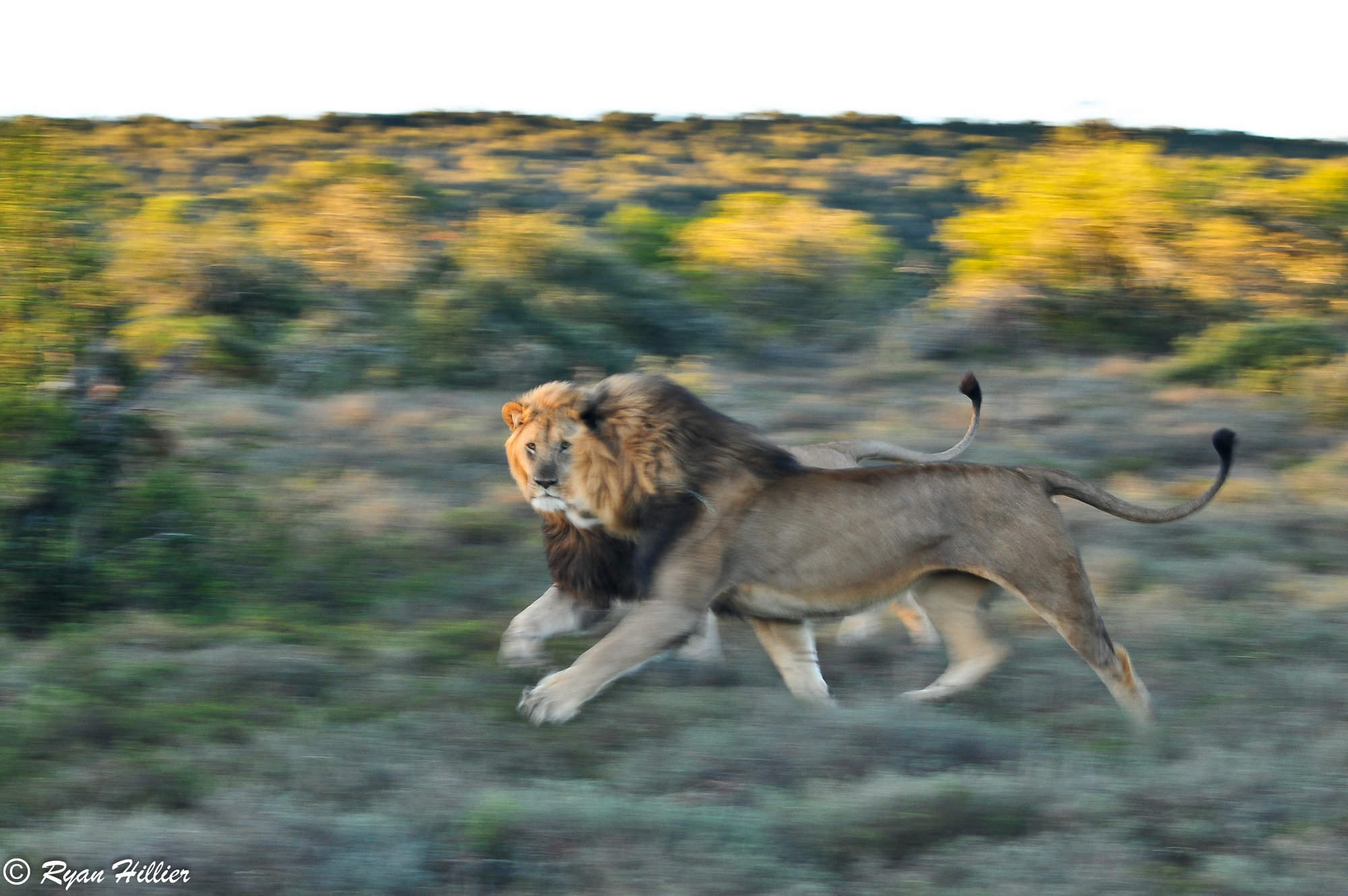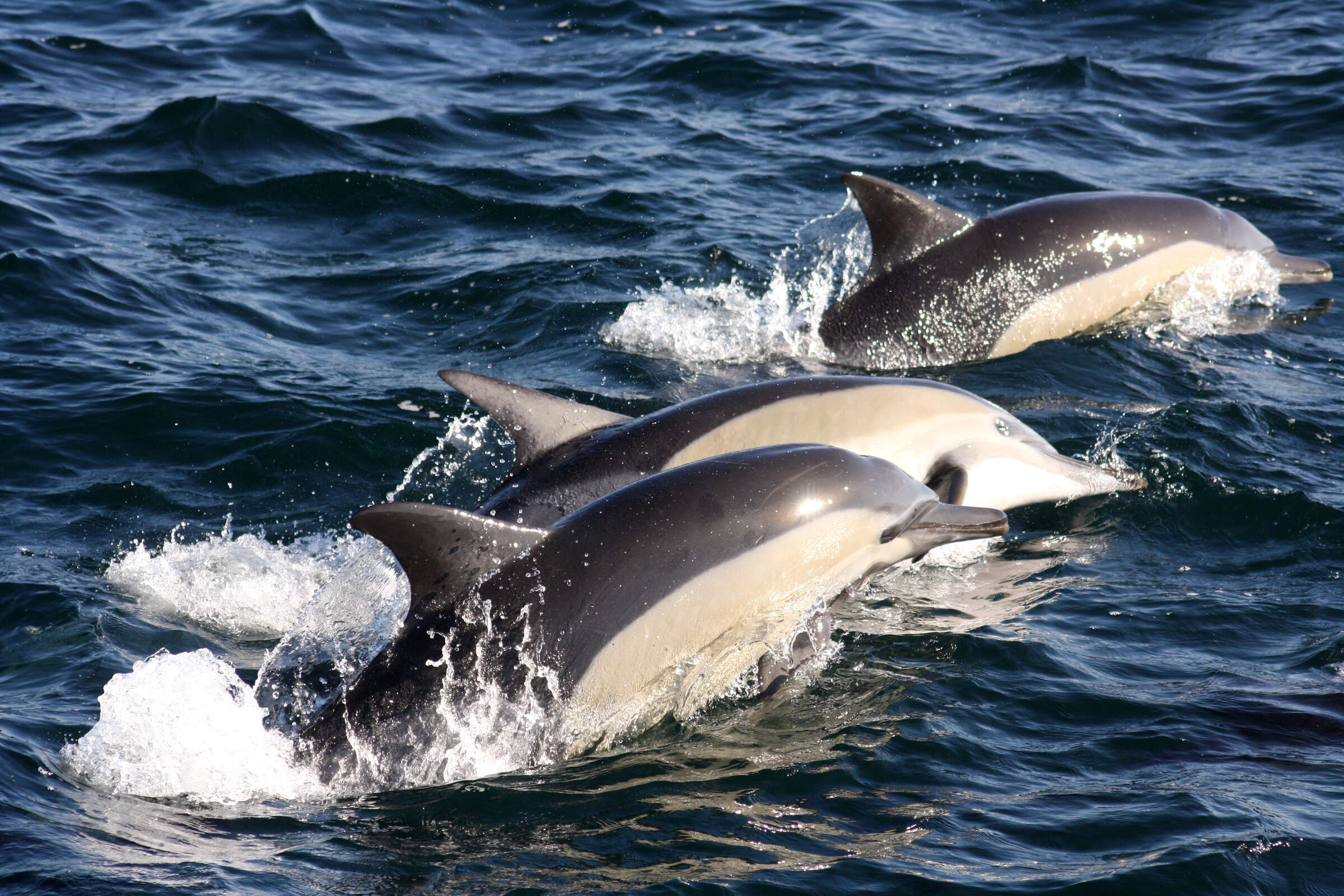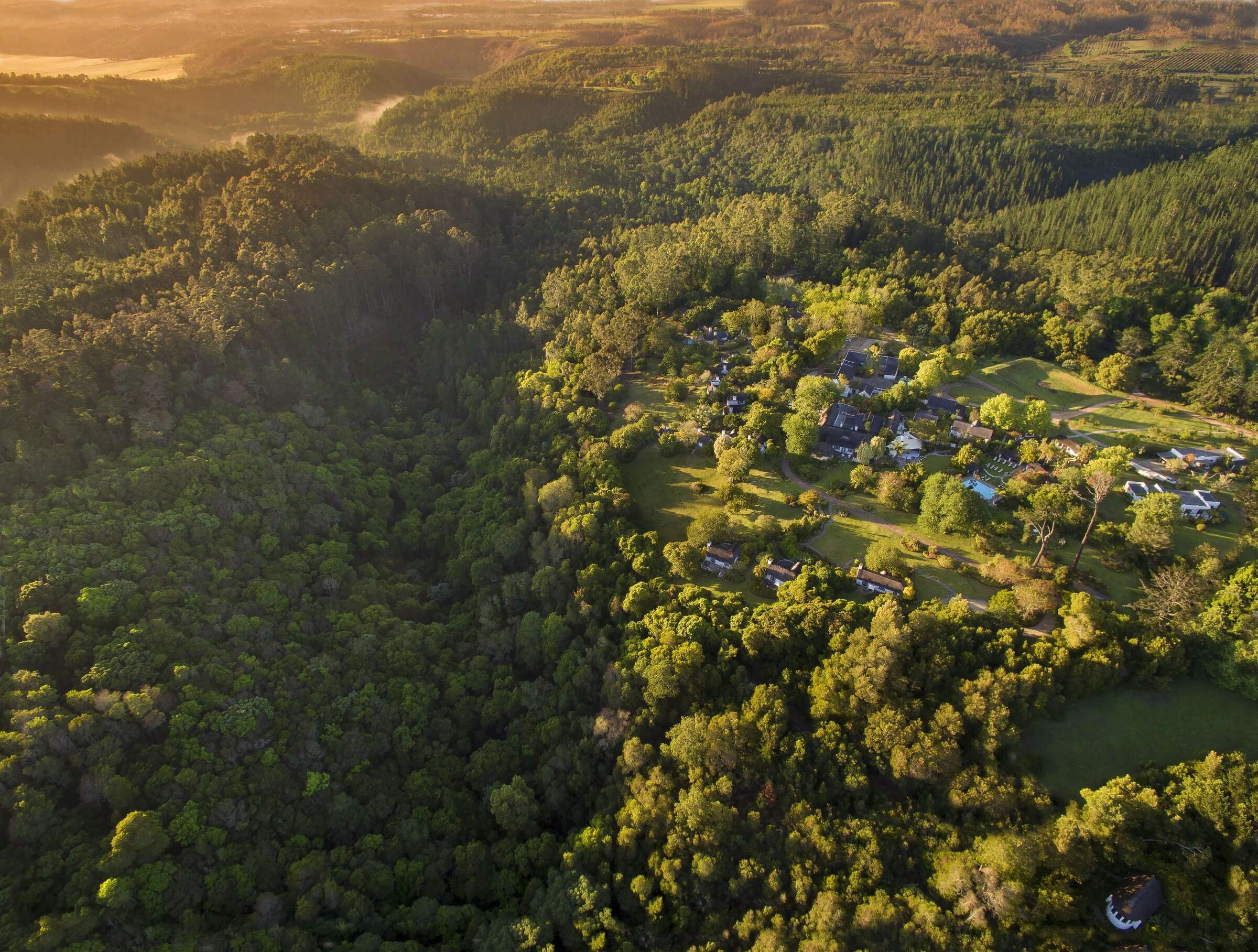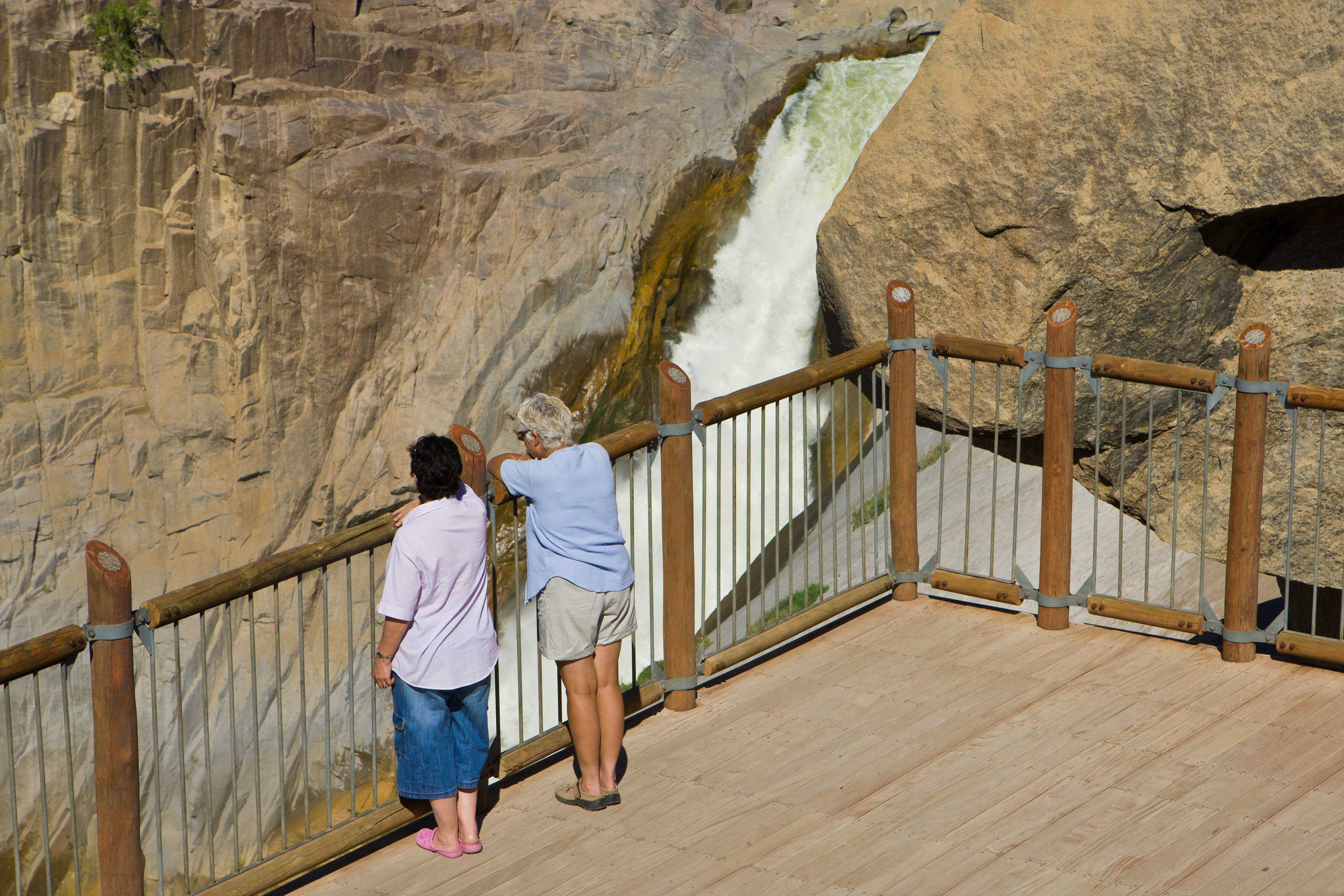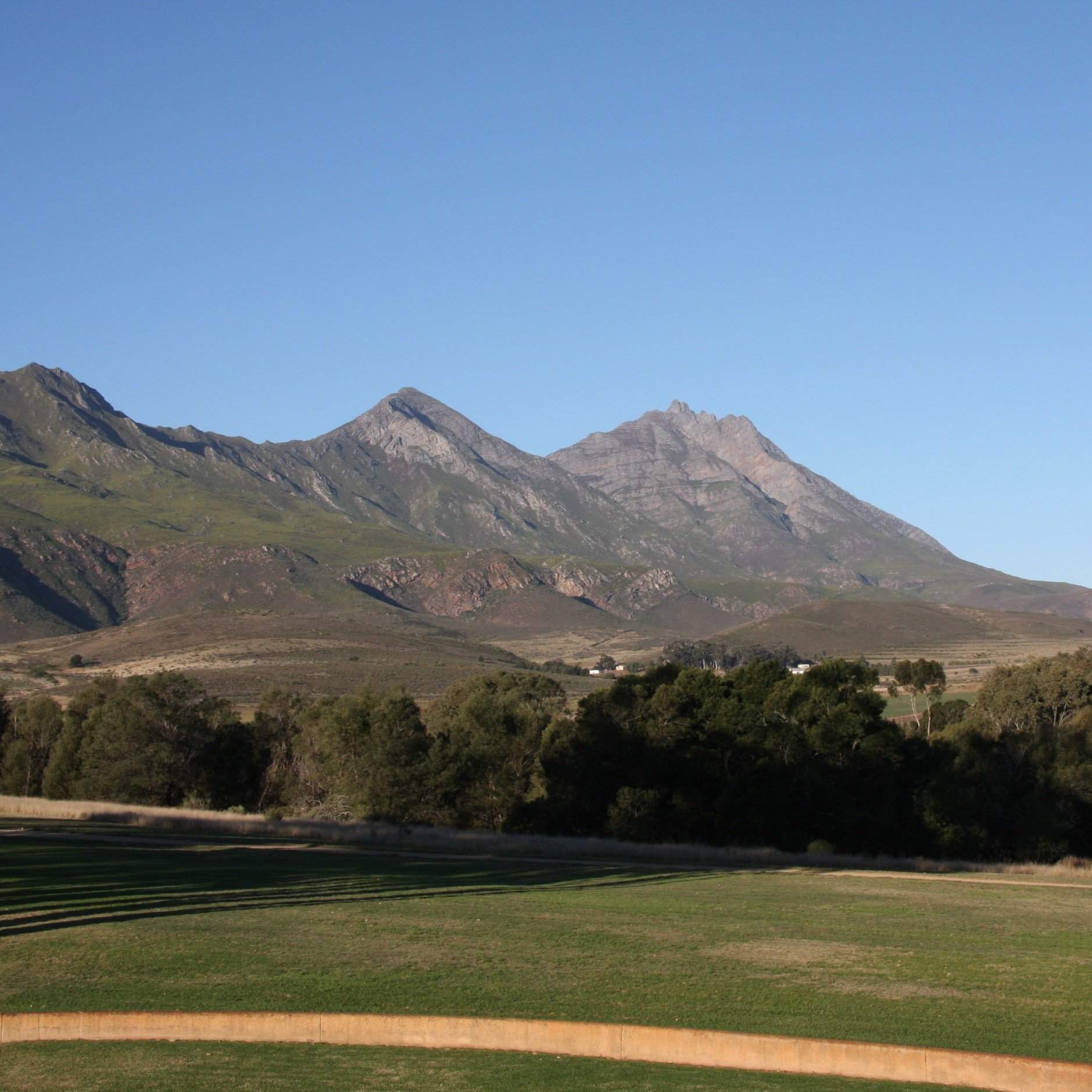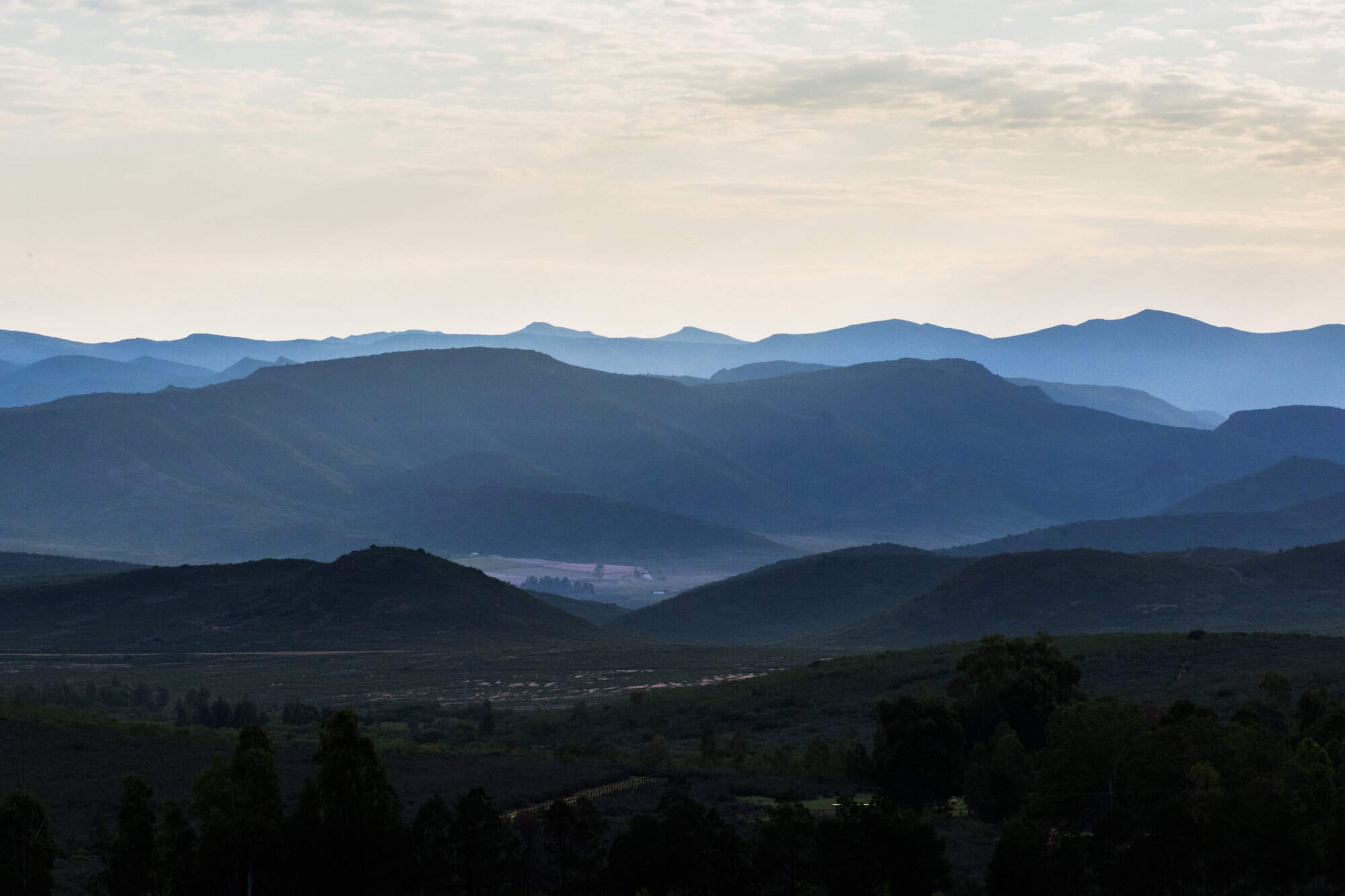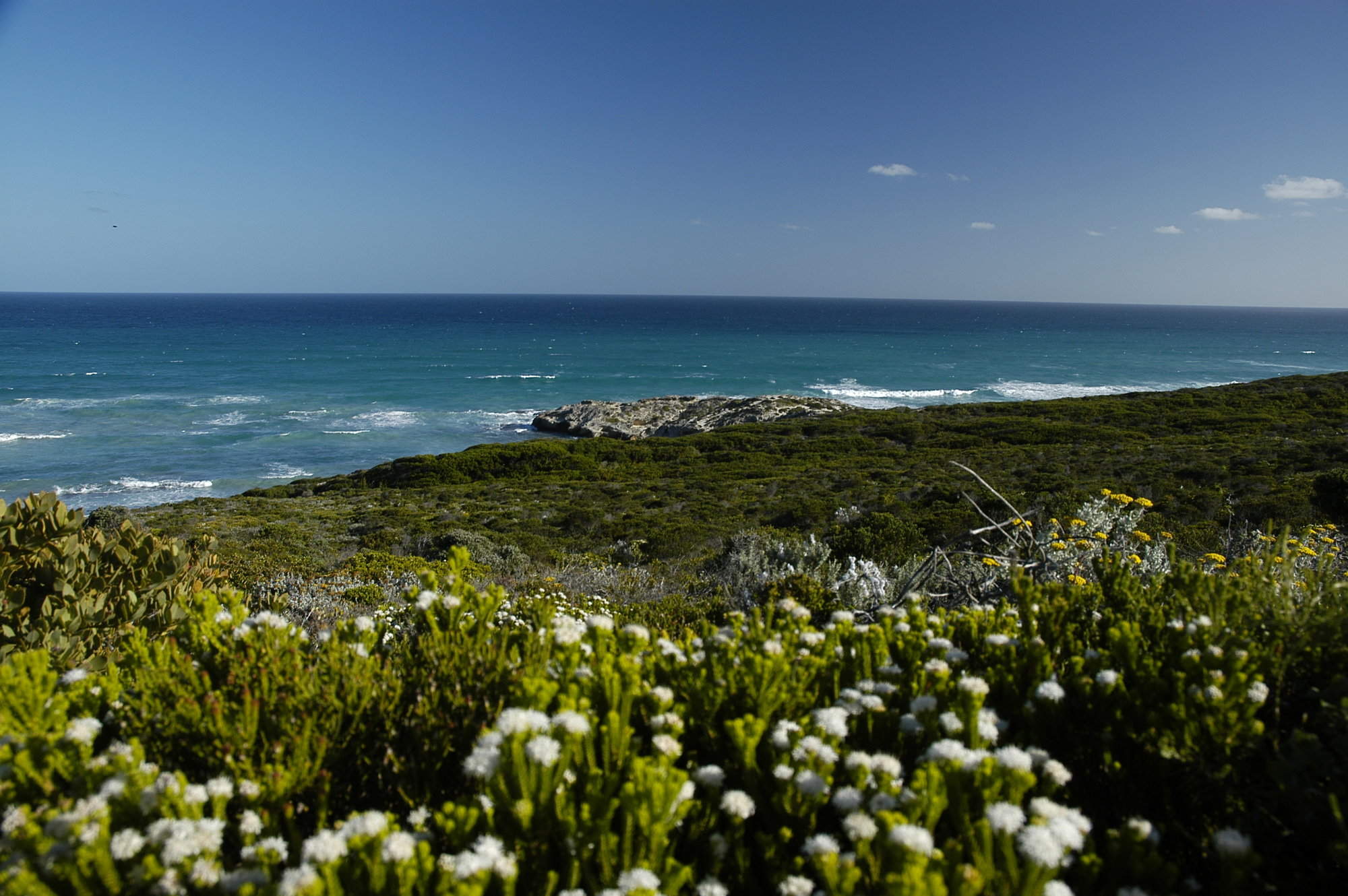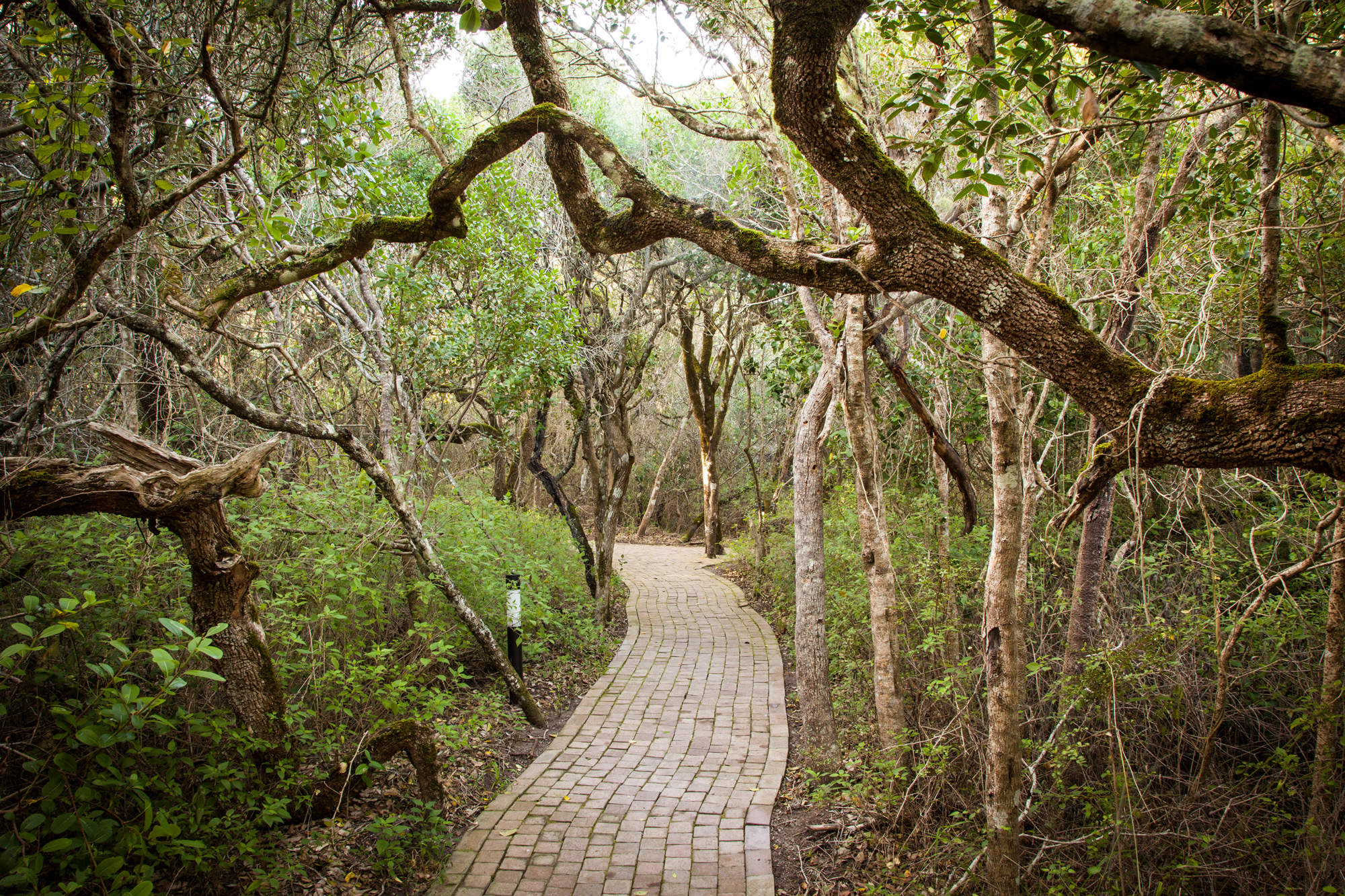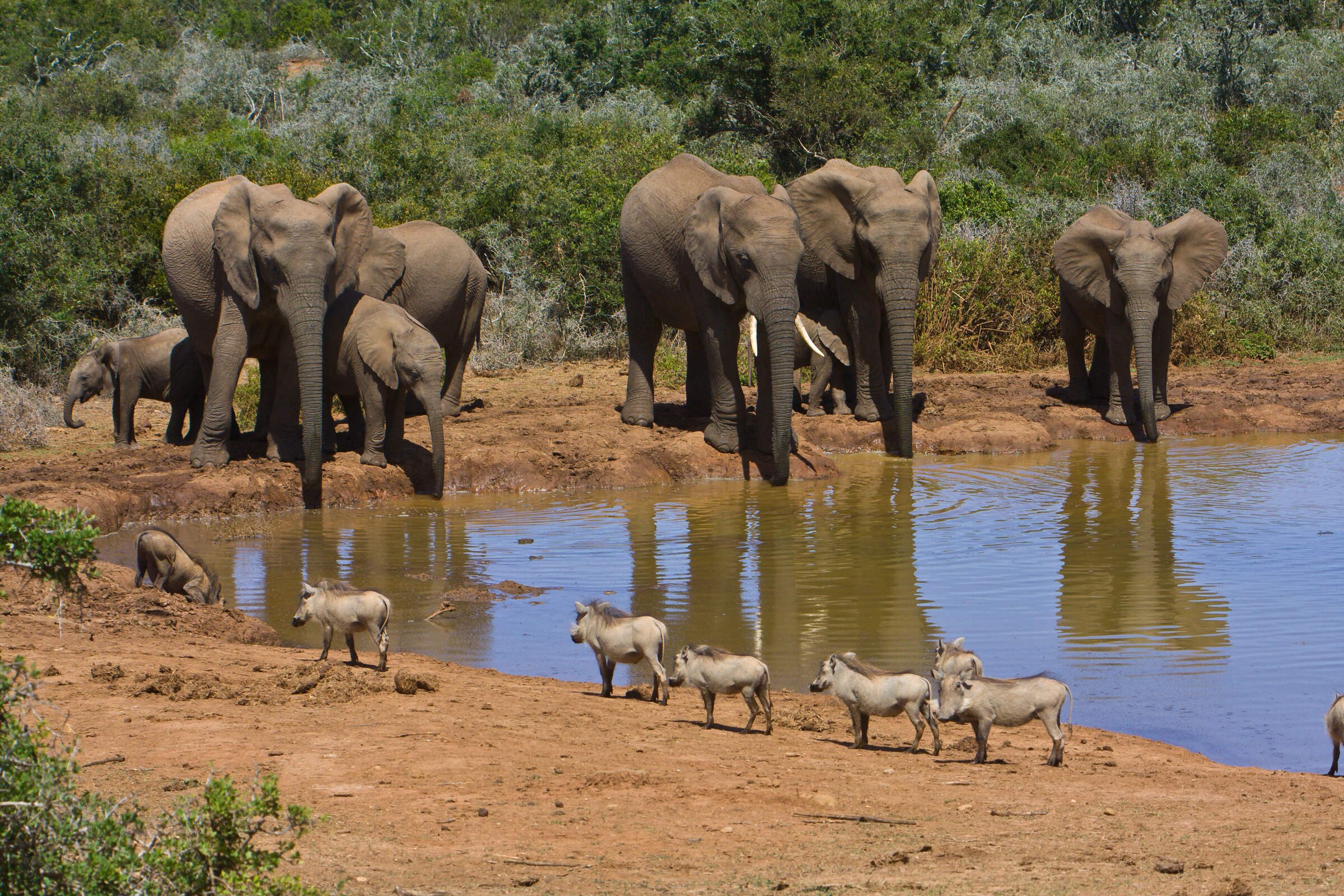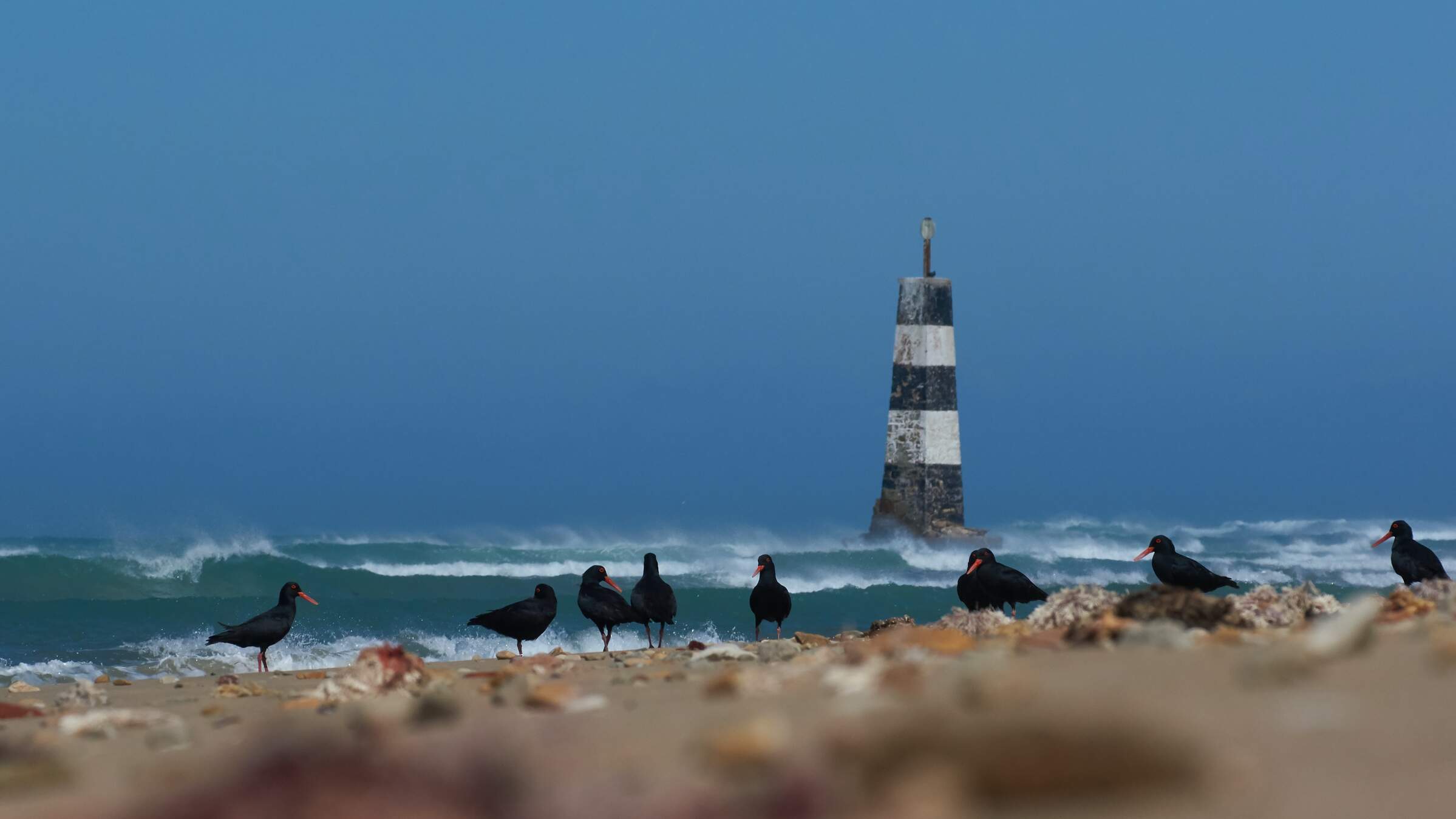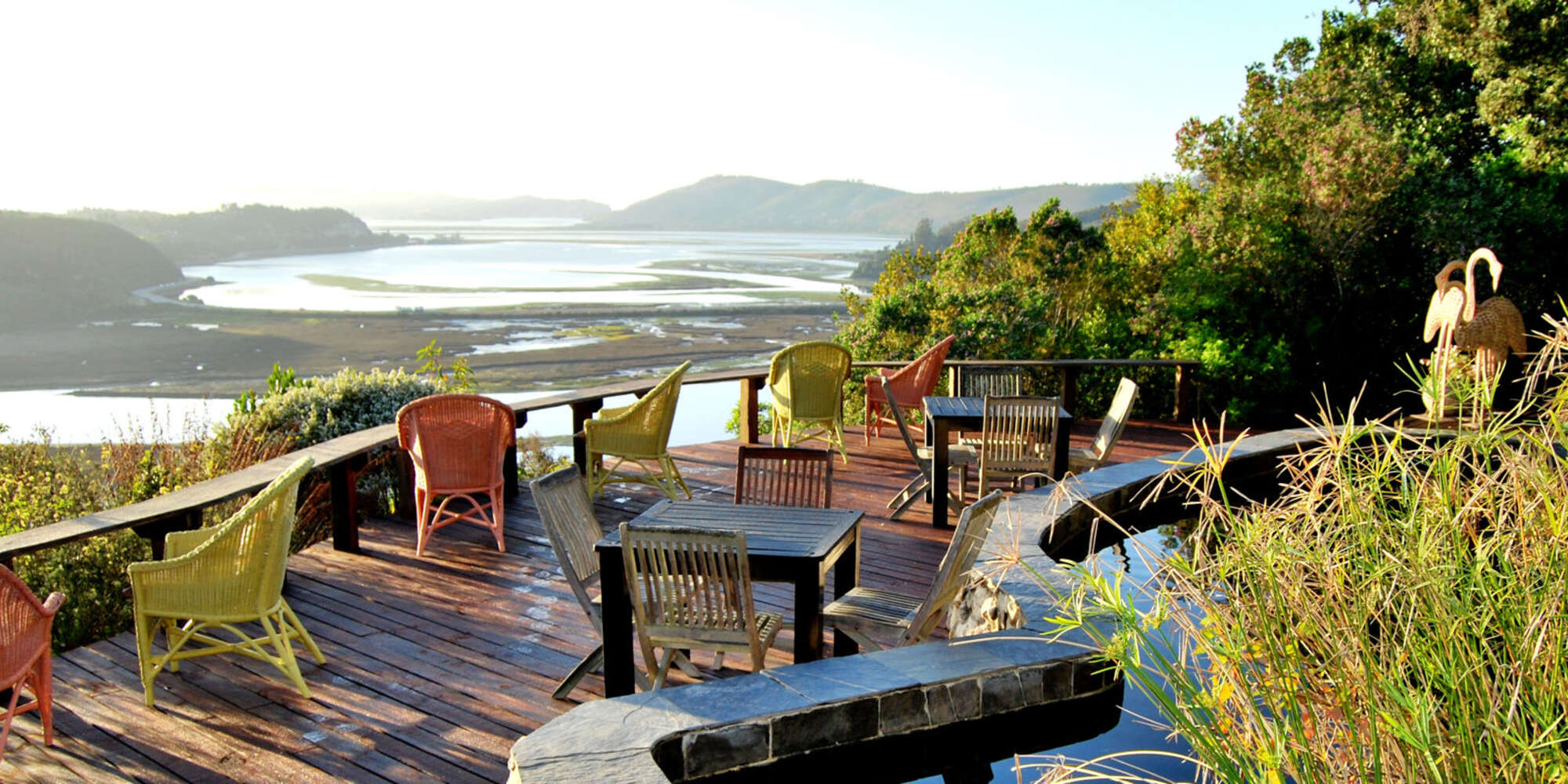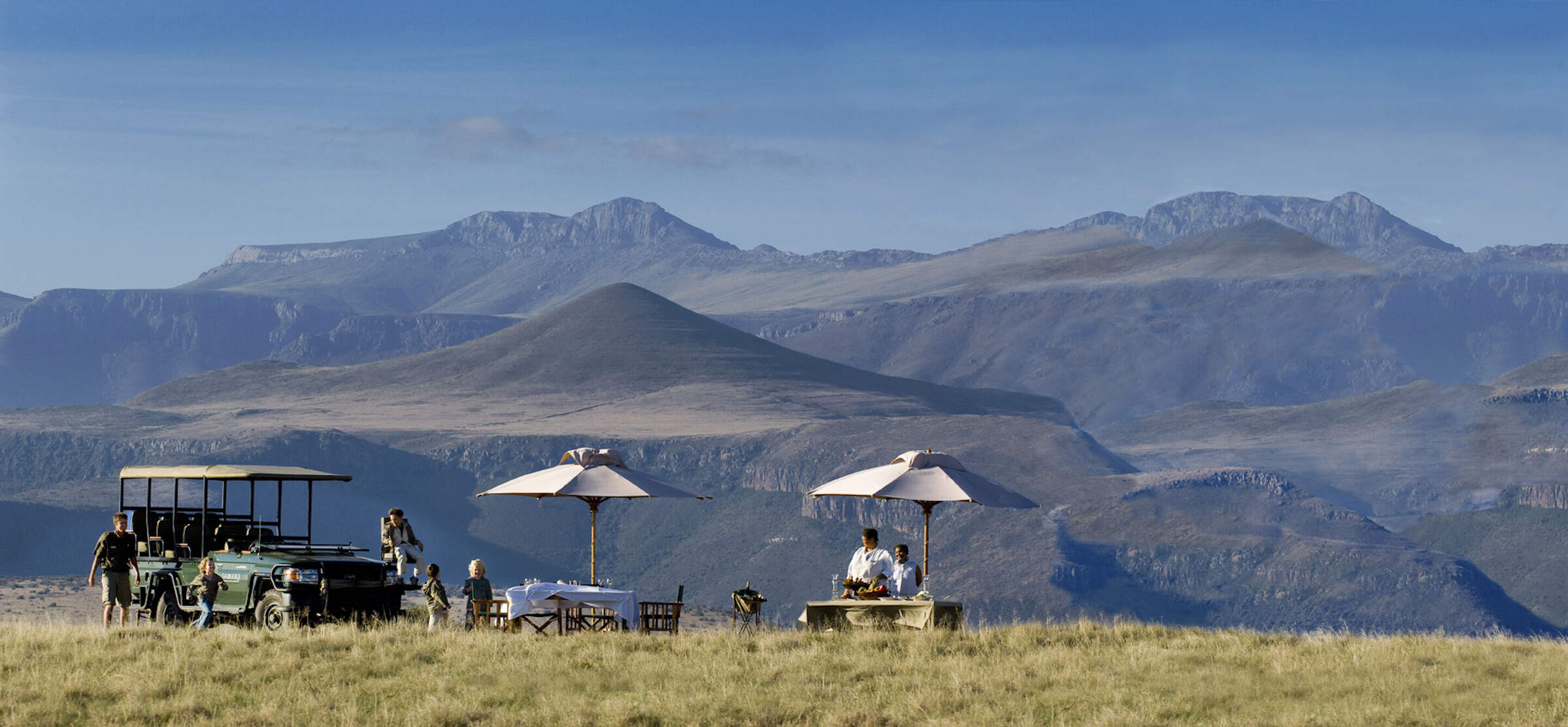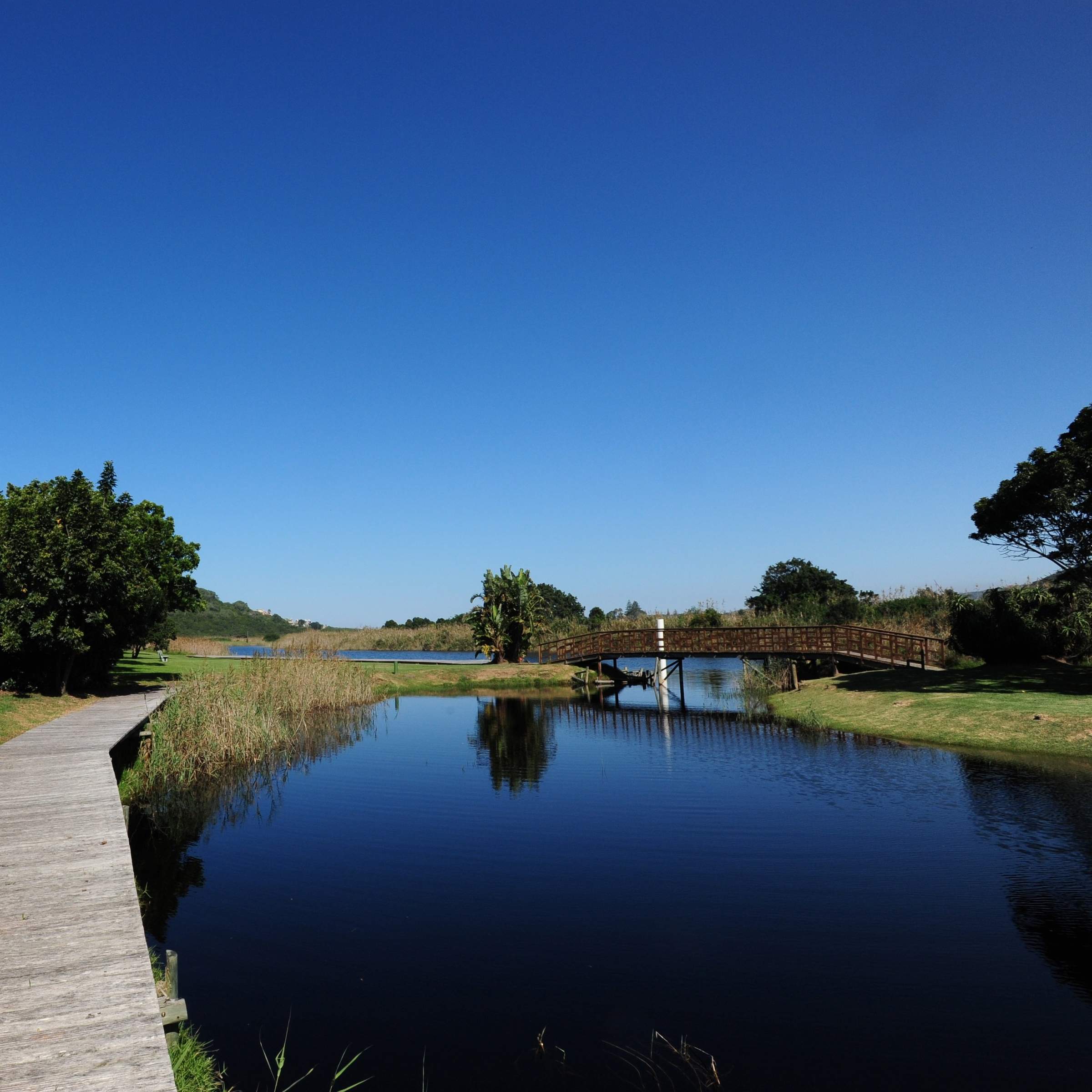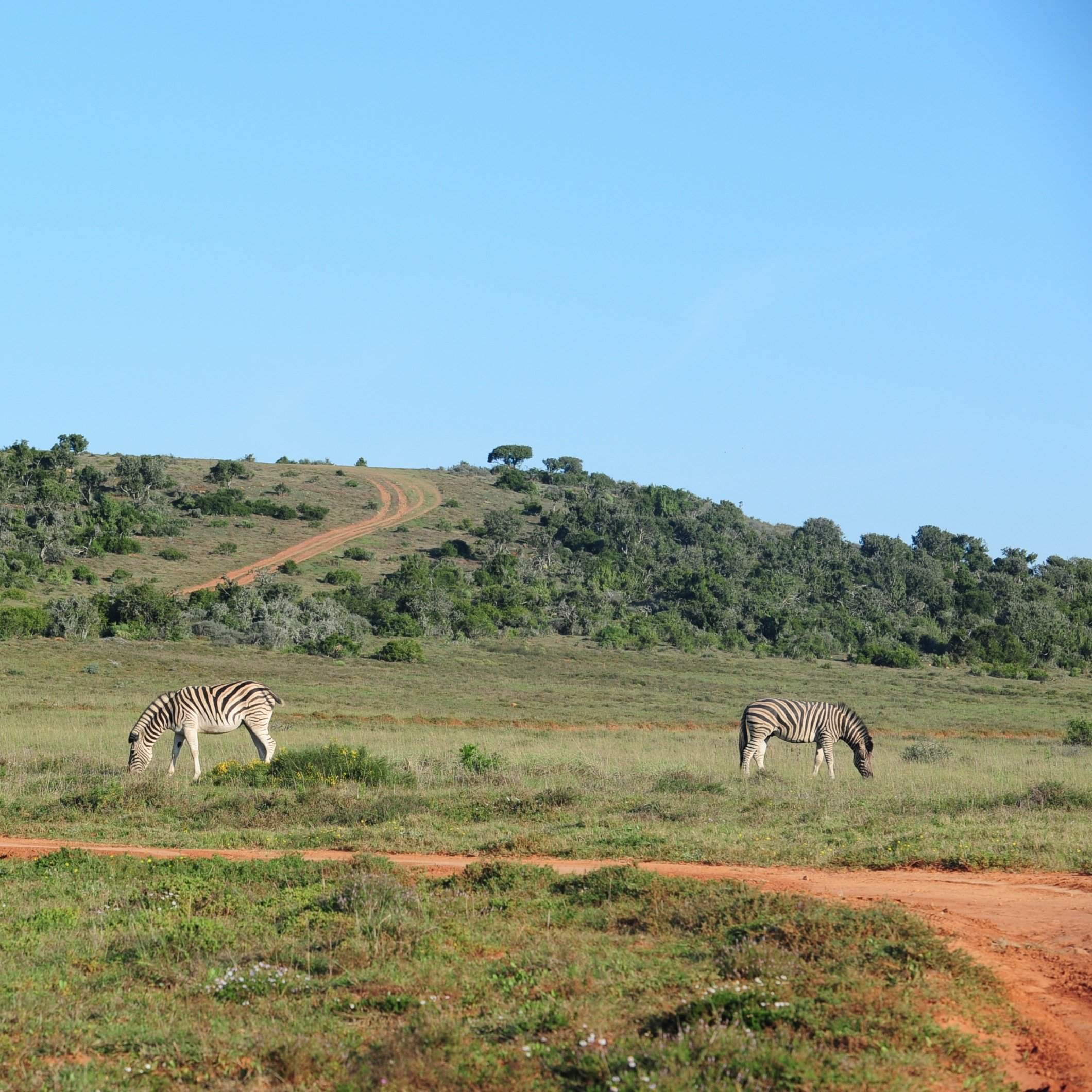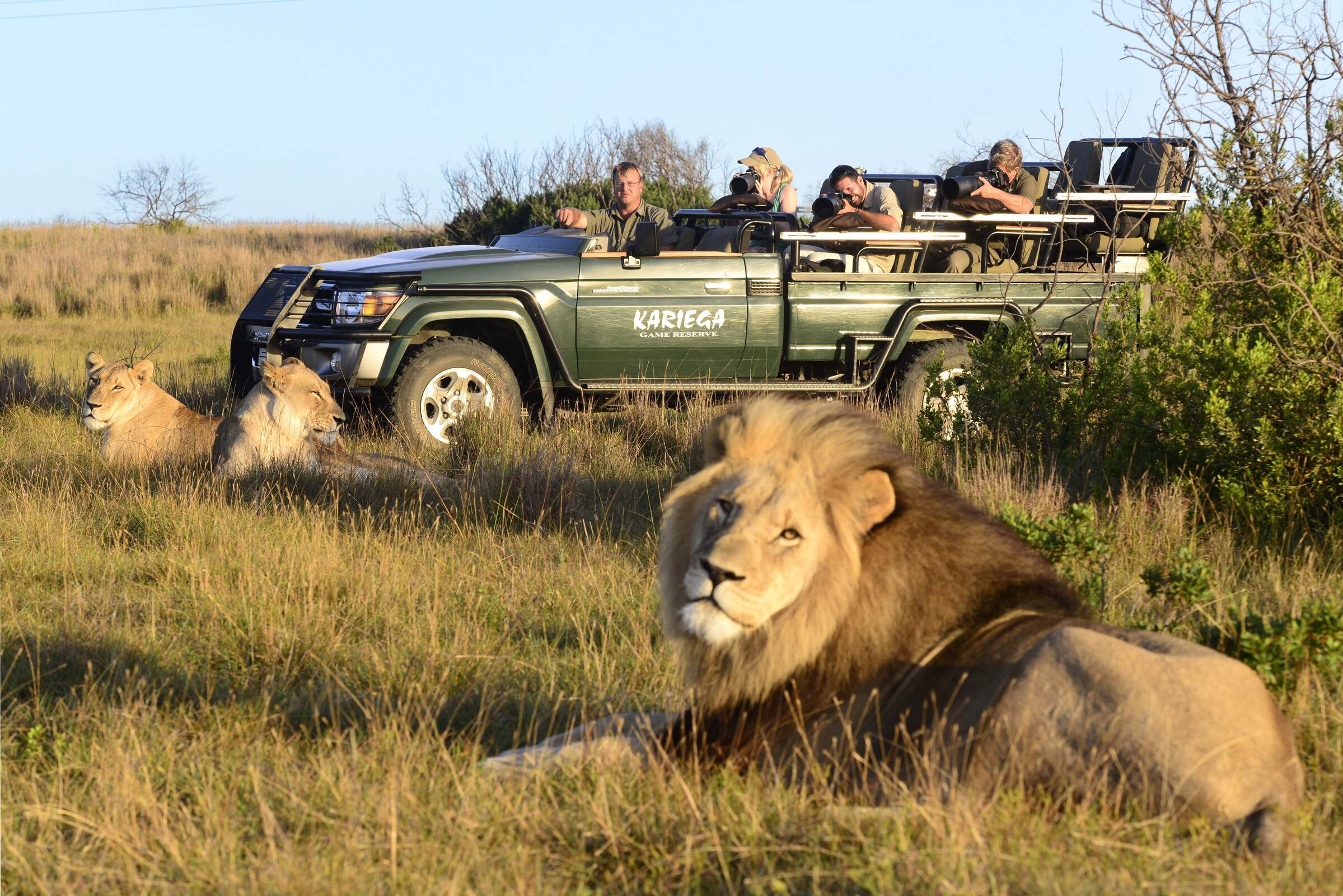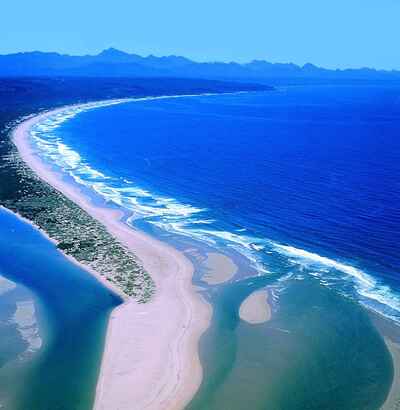
The national park is known for its spectacular rocky coastline.
There are some great activities you can take part in...
...or explore and enjoy the lush wilderness.
Tsitsikamma | Garden Route National Park
Tsitsikamma on the Garden Route
Densely forested mountains, tumbling waterfalls, steep ravines and wide sandy beaches: Tsitsikamma National Park is wild and idyllic.
Part of the larger Garden Route National Park, Tsitsikamma is a narrow park at the eastern end of the Garden Route. Stretching for 50 miles (from Nature’s Valley to the mouth of Grootrivier) along this dramatic coastline, Tsitsikamma is one of the most strikingly beautiful sections of South Africa’s most famous road-trip.
This is a place to get out and active or simply to sit back and spot for dolphins from a scenic viewpoint.
A protected marine park (South Africa’s first) and famed for its ancient woodland, the park conserves both the flora and fauna of these wild beaches, inter-tidal reefs, ancient forests and mountains. Meaning ‘a place of much water’ in the Khoisan language, ‘Tsitsikamma’ lives up to its name.
Tumbling waterfalls spill into gorges, crystal-clear rivers thread through steep-sided ravines and dramatic towers of sea-spray are a natural spectacle when wild seas crash into the shoreline cliffs. And wildlife from Cape clawless otters to giant kingfishers flock to the park’s myriad waterways, alongside visitors taking to the water for kayaking, stand-up paddle-boarding, boat trips and simple seaside splashing.
Above the shoreline, Tsitsikamma’s Mountains drop into lush indigenous forest: a primeval wilderness of densely forested slopes which are criss-crossed with beautiful hiking trails. From short self-guided walks to serious multi-day treks, the area is accessible to adventurers young and old.
Wander amongst Hard Pear trees, colossal Outeniqua Yellowwoods (South Africa’s tallest tree) and ancient Tree Ferns whilst spotting for vervet monkeys, tiny blue duikers (the smallest antelope in South Africa), bushbucks and bushpigs; listen for the colourful Knysna loerie and look out for African emerald cuckoos, narina trogons, fish eagles and olive woodpeckers in the canopy, or for a thrilling diversion, join them for a bird’s eye view on the canopy zip-line experience, 30 meters above the forest floor…
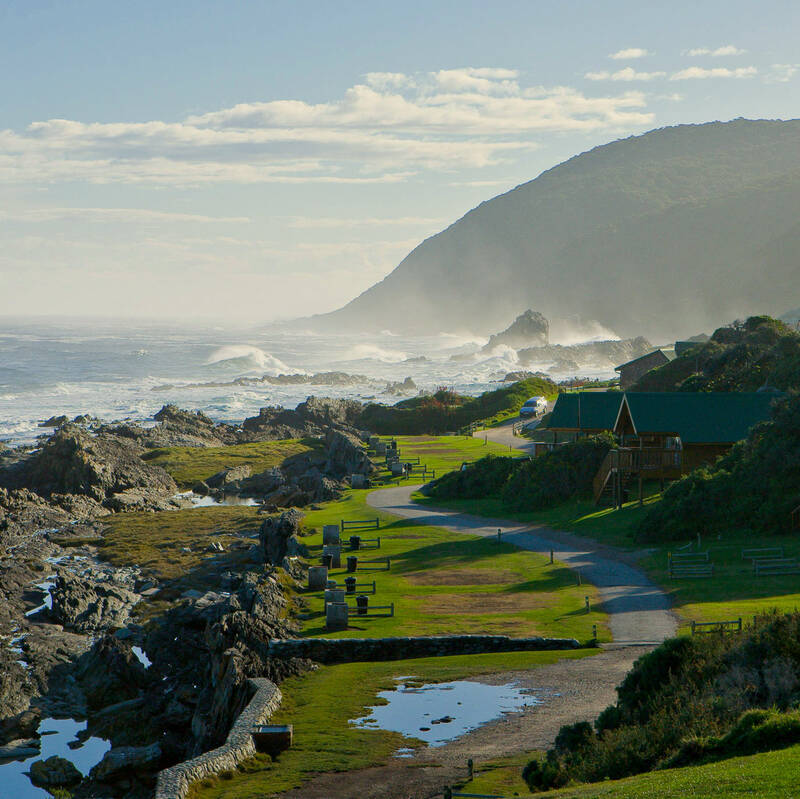
Trips visiting Tsitsikamma on the Garden Route
Just ideas, we'll always tailor-make a trip for you
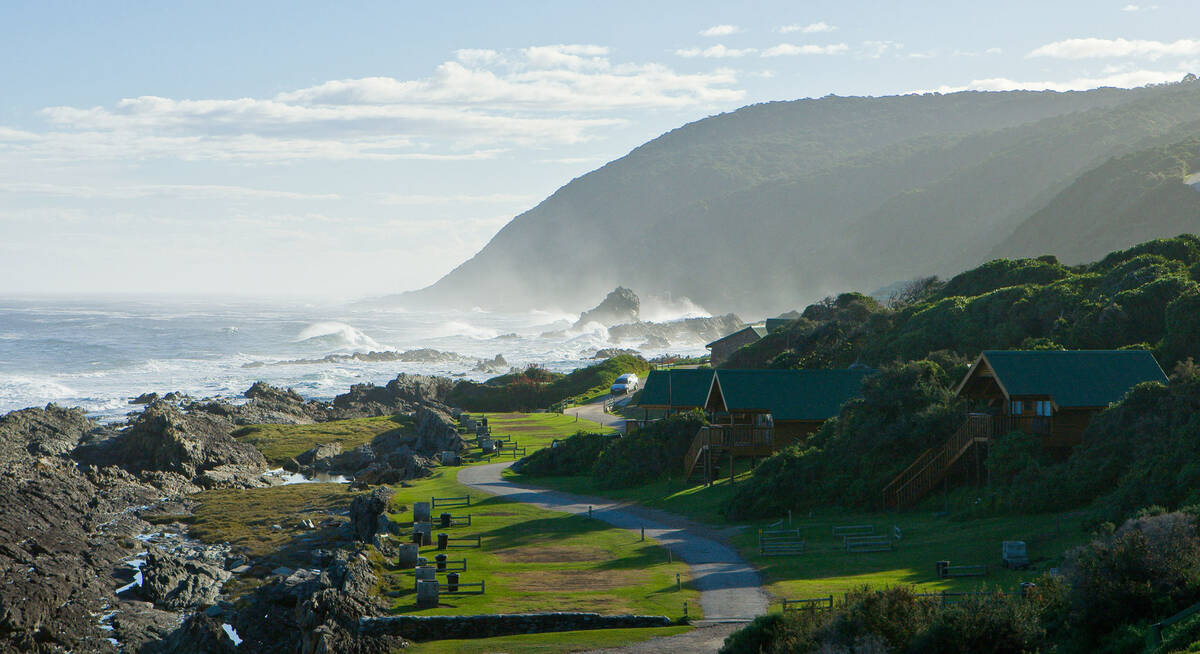
Bontebok Self-drive Safari
12 days • 5 locations
CAPE TOWN AIRPORT TO PORT ELIZABETH AIRPORT
This varied and great-value self-drive trip visits Cape Town, the Winelands and diverse sections of the Garden Route, staying at great places with real local character. It’s ideal for active couples and families who want to explore the Cape’s stunning locations.
US$1,810 - US$1,900 per person
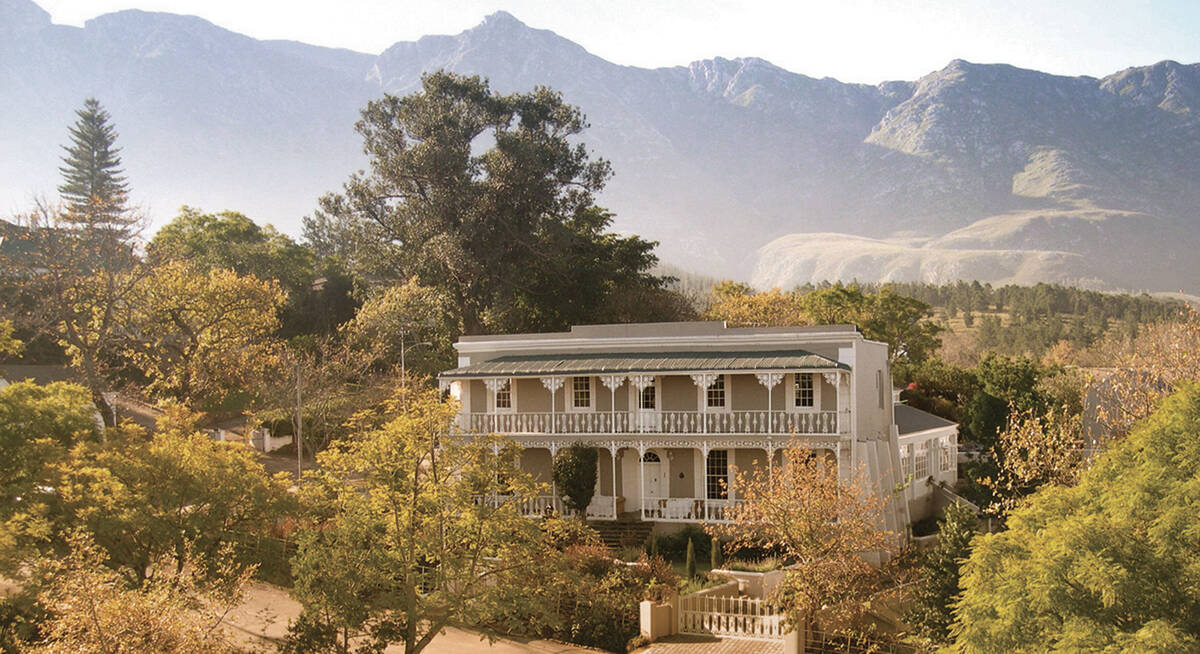
Waterbuck self-drive
12 days • 6 locations
CAPE TOWN AIRPORT TO PORT ELIZABETH AIRPORT
A classic Cape and Garden Route self-drive taken at a leisurely pace and staying in charming boutique hotels. Great food and wine paired with spectacular scenery and an exciting array of activities.
US$3,000 - US$3,220 per person
Most recent reviews of our travellers' trips to Tsitsikamma
Click below to browse all 41 reviews from Tsitsikamma (in Garden Route National Park). All from our travellers; all are in full & unedited.
Arrived 24 Jan 2024, 11 nights
"Our Jan 2024 trip"
Overall rating: Excellent
Arrived 26 Jan 2020, 20 nights
"Summary of our trip"
Overall rating: Excellent
Arrived 30 Apr 2019, 14 nights
"My Apr 2019 trip"
Overall rating: Excellent
Arrived 8 Apr 2018, 11 nights
"A wonderful trip which was well organised. "
Overall rating: Excellent
Arrived 8 Apr 2018, 11 nights
"Wonderful trip to South Africa"
Overall rating: Excellent
Arrived 21 Feb 2018, 31 nights
"AFRICA 18 February and March"
Overall rating: Excellent
Arrived 16 Feb 2017, 18 nights
"Cape Town to Port Elizabeth, Feb 2017"
Overall rating: Excellent
Arrived 19 Oct 2016, 24 nights
"Stunning scenery and welcoming hotels"
Overall rating: Excellent
Arrived 27 Feb 2016, 14 nights
"Our trip in early March"
Overall rating: Excellent
Arrived 26 Jan 2016, 21 nights
"Wonderful holiday"
Overall rating: Excellent
Where to stay in Garden Route | Tsitsikamma
Our suggestions for places to stay in Tsitsikamma | Garden Route National Park
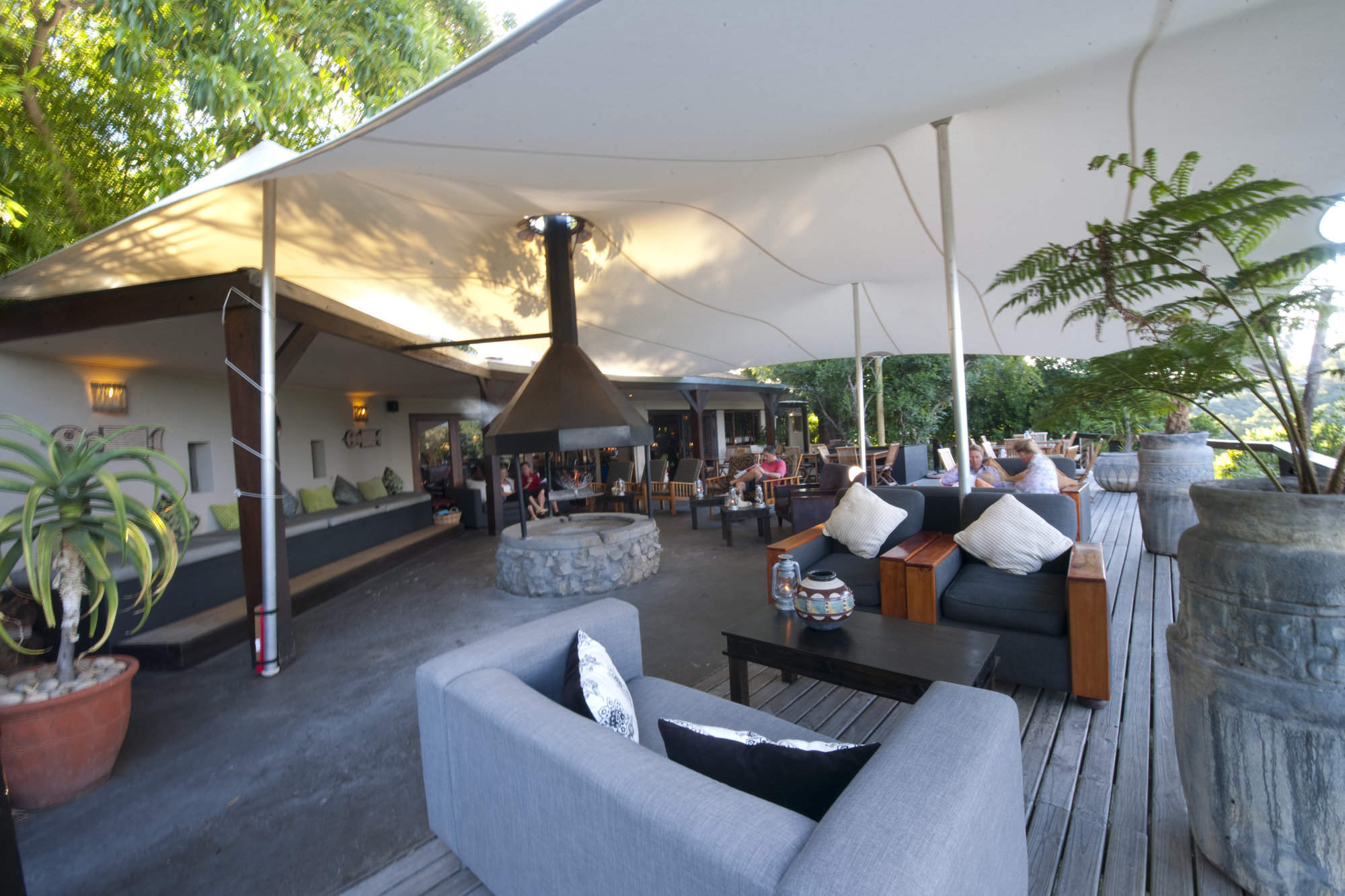
Hog Hollow
In a beautiful setting with superb scenery Hog Hollow is a wonderful retreat where personalised service is key, the staff are friendly and the food imaginative.
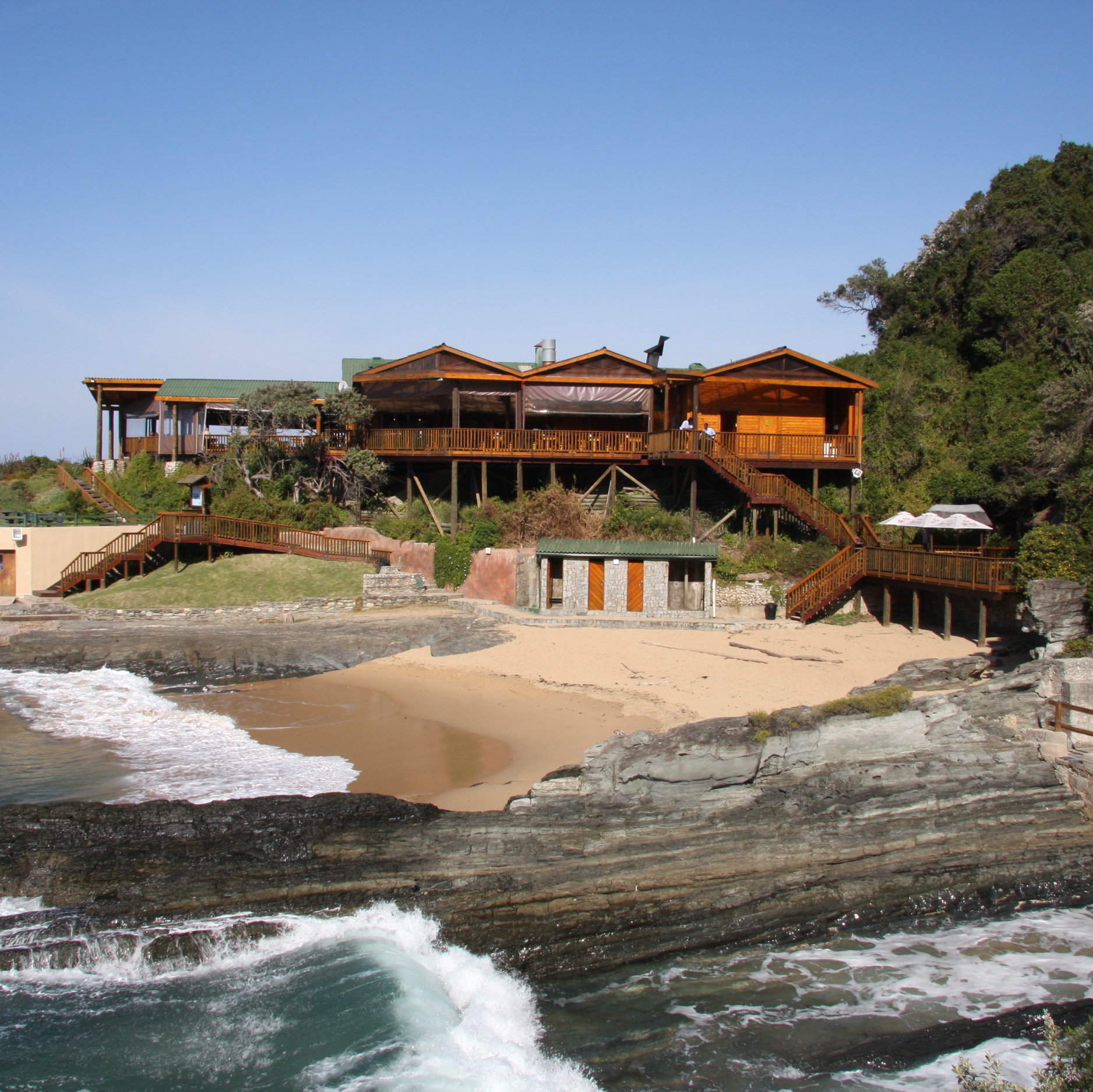
Storms River Restcamp
Storms River Mouth Restcamp, offers simple self-catering accommodation and a restaurant – with truly impressive views of the South African coastline; it is perfect for a stop along the Garden Route
When to go to Tsitsikamma & the Garden Route
Our month by month guide: What it's like to visit Tsitsikamma
Jan
Feb
Mar
Apr
May
Jun
Jul
Aug
Sep
Oct
Nov
Dec
South Africa in January
January is considered one of the best months to travel. In Cape Town the weather is hot and generally dry. The Garden Route is also excellent at this time of the year but has a more temperate climate, with slightly lower temperatures and rain can fall at any time of the year. In the Kgalagadi temperatures often top 40°C and short, sharp thunderstorms are also fairly frequent. Wildlife tends to disperse, although birding is excellent.
As this is the high season in the Cape there are numerous events, festivals and outdoor activities to attract visitors. Accommodation books up quickly and it may be necessary to book at least a year in advance. Reservations will often be needed for restaurants and visitor attractions too.
- Hot, largely dry days with clear skies – except on Garden Route
- Wildlife disperses in the Kalahari but birding excellent
- Events, festivals and outdoor activities staged for the high season
- The high season in the Cape, accommodation can cost up to 50% more
- Pre-booking of activities & attractions is essential
Our view
Fantastic: the very best time to visit
Weather in January
South Africa in February
In February conditions are largely the same as in January, although temperatures can be slightly higher, especially in the interior. The wind in Cape Town starts to ease off. Although the Garden Route can experience some rain, the days are pleasantly warm and largely dry.
The Kgalagadi remains very hot, but the birding is still excellent. Wildlife viewing can be tricky especially if there has been some rain, as the resulting long grass can obscure the animals.
For visitors it’s still the high season, but with the local school holidays over and residents back at work, it is less busy than December and January. Accommodation costs remain high and it’s still advisable to pre-book certain activities and restaurants.
- Hot, largely dry days with little cloud
- Wind starts easing in Cape Town
- Slightly less busy than December & January
- Accommodation costs remain high, activities still best pre-booked
Our view
Fantastic: the very best time to visit
Weather in February
South Africa in March
March is still a very good time to visit. Conditions remain dry and very warm in Cape Town, although temperatures start dropping off towards the end of the month. The wind has usually died right down.
The Kalahari remains very hot and in years of good rains vegetation is at its most lush – making wildlife viewing tricky.
Typically, the crowds dwindle, but it can get very busy if Easter falls in March. It is also worth bearing in mind that during major events in March, including the Cape Town Cycle Tour, Cape Epic Mountain Bike Tour, The Cape Town Carnival and the International Jazz Festival, accommodation can get very full.
Attractions remain busy but booking is less essential.
- Temperatures start falling towards the end of the month
- Cape Town hosts a number of world class sport and cultural events
- Wildlife in the Kgalagadi disperses, game viewing more challenging
- Crowds diminish as the high season comes to an end
- Accommodation can get busy during major events
Our view
Fantastic: the very best time to visit
Weather in March
South Africa in April
April is South Africa’s “shoulder” season and is often the most pleasant. Not too hot, not too cold, some rain but not masses. In Cape Town and along the Garden Route days are usually sunny, warm, windless and largely dry, although in Cape Town the chance of rain increases from the end of the month.
In the Kgalagadi the rainy season is typically over and migratory birds are starting to make their journey back up North. Vegetation remains lush but wildlife viewing starts picking up towards the end of the month.
The region is still relatively busy (especially of its still Easter) but it gets quieter towards the end of the month thus availability improves. Accommodation rates start to decrease, and it becomes less important to book restaurants and attractions in advance.
- Temperatures still warm and very pleasant, with little wind.
- Rain starts easing in the Kalahari and migratory birds start to depart
- Less busy, especially towards the end of the month - busy over Easter
- Accommodation frees up and prices start to come down
Our view
A very good time to visit
Weather in April
South Africa in May
May marks the start of the dry season in the Kgalagadi. Days are warm and dry with almost zero rainfall. Night-time/early-morning temperatures can drop towards 0°C. Wildlife viewing is at its peak as animals concentrate around the few remaining water sources.
Days can still be warm and sunny in Cape Town and on the Garden Route, but the weather becomes a lot more variable. May heralds the start of the rainy season in Cape Town and the winelands. Night-time temperatures rarely drop below 10 degrees in the coastal areas.
With far fewer tourists, accommodation prices are at their lowest. There is rarely any need to pre-book activities, but reservations are still advisable at some of the top restaurants.
- Higher chance of rain in Cape Town & the Winelands
- Day time temperatures drop significantly
- Wildlife viewing peaks in the Kgalagadi
- Low season so rarely busy & very few crowds
- Low season rates at the hotels & lodges
Our view
A good time to visit, with pros & cons
Weather in May
South Africa in June
Winter is now in full swing. Maximum temperatures in Cape Town rarely reach 20°C and the rainy season is well under way. Outdoor activities therefore become limited, but a number of high-quality indoor events are organised.
The Garden Route has, in general milder weather and less rain than Cape Town.
June sees the arrival of the first whales which migrate to the South African coastline to give birth.
In the Kgalagadi, daytime temperatures are warm but nights and early mornings are bitterly cold. Wildlife viewing is excellent as animals are drawn to the few remaining permanent water points.
Overall tourist numbers are at their lowest, as are the costs of flights and accommodation.
- Cold & wet weather in Cape Town, Kgalagadi warm days but cold at night
- One of the best months for wildlife viewing in the Kgalagadi
- Whales start arriving to have their calves
- Low visitor numbers & no crowds
- Accommodation & flight prices remain low
Our view
A good time to visit, with pros & cons
Weather in June
South Africa in July
The winter weather continues with very cold nights and early mornings in the Kgalagadi and virtually no rainfall. Vegetation here is really thinning out now and water even more scarce – so wildlife is easy to spot.
Despite the winter and local school holidays, Cape Town remains a great place to visit. On a wet and cold day, the Two Oceans Aquarium, Zeitz Mocca (art museum) and the Cape Town Comedy Club all make for great days out, as does a trip to the wine country or the annual Oyster Festival at Knysna.
By mid-July most of the whales have arrived to give birth. Hermanus is the best place to see them.
At the height of the low season, so accommodation and flight prices remain low.
- Generally cold & wet in the Cape, but good quality indoor events
- Very good wildlife viewing in the Kgalagadi
- Oyster festival in Knysna
- Local school holidays can make places a little busier than usual
- Accommodation and flight prices remain low
Our view
A good time to visit, with pros & cons
Weather in July
South Africa in August
While August experiences mostly wintry weather it does mark the very beginning of spring with temperatures starting to rise. Visitors are drawn to the West Coast and Namaqualand to see the wildflowers, which start blooming in late August and can be seen until mid-September. Whales are still in abundance now too.
The Kgalagadi is now very dry and wildlife vieiwng is still good. Temperatures start climbing towards the end of the month.
Despite the weather , visitor numbers can be high as the northern hemisphere schools close for their summer holidays. It may be a good idea to book certain attractions and restaurants in advance.
Simlarly, although accommodation prices are still low, flight prices can be a little higher than in previous months.
- Temperatures start rising – but still potential for cold & wet weather
- Wildflowers on the West Coast & in Namaqualand
- Good wildlife viewing in the Kgalagadi
- Whales continue to attract visitors
- Can get busy due to northern hemisphere school summer holidays
Our view
A good time to visit, with pros & cons
Weather in August
South Africa in September
Good wildlife viewing in the Kgalagadi continues and daytime temperatures increase quite dramatically. Mornings and evenings are still on the chilly side, but not as cold as they are in June, July and August.
The 1st of September is officially the start of spring in Cape Town. Days become warmer but not quite warm enough to enjoy the city’s beautiful beaches. Venues all over Cape Town play host to various artists during the Cape Town Fringe Festival.
Rainy days are fewer, but night times can still get chilly. Many hotels are still charging low season rates making September great value for money.
Elsewhere, Hermanus hosts the popular annual Whale Festival, and in the West of the Cape, wildflowers continue to bloom until the middle of the month.
- The start of spring; temperatures start rising
- Whale festival in Hermanus
- Cape Town Fringe Ferstival attracts a wide range of artists
- Wildflowers blooming well until the middle of the month
- Good wildlife viewing continues in the Kgalagadi
Our view
A very good time to visit
Weather in September
South Africa in October
The weather starts warming up nicely, Cape Town experiences pleasant days, with much less rain, nights can still be quite cool, but not cold. Some days are now warm enough to enjoy the beach. This is one of the best months to visit the Cape Region.
October is one of the hottest months in the Kalahari. Water remains very scarce, so the wildlife viewing is still very good. Towards the end of the month the odd spectacular thunderstorm is possible with much lightning and thunder. Migratory birds start to arrive, and resident species gear up for the breeding season.
The whales are still present with Hermanus and False Bay the best places to see them.
- Days start warming up; fewer rainy days in Cape Town
- Very hot in the Kalahari – thunderstorms season starts
- Migratory birds start arriving & resident birds start breeding
- Whale watching still excellent in Hermanus and False Bay areas
- Start of the high season, getting busy and accommodation prices rise
Our view
A very good time to visit
Weather in October
South Africa in November
By November Cape Town is experiencing summer conditions with hot, clear days and warm, pleasant evenings. It’s a great month to enjoy the beaches before the peak holiday season in December. There are no real downsides to visiting in November and you may even get a few accommodation specials before prices go up for the festive season. Kirstenbosch Botanical Gardens begins their summer outdoor concerts with local and international artists performing.
The Kgalagadi remains hot but thunderstorms are a bit more regular. With the rains, water sources become more plentiful and wildlife disperses but this is when herbivores such as Springbok start lambing. Photography improves as conditions become less hazy.
This is the last month for regular whale sightings – they tend to migrate back down south by early December.
- Summer now in full swing, with temperatures often reaching 30°C
- Rainy days scarce; evenings warm & very pleasant
- Antelope start lambing in the Kgalagadi; wildlife generally dispersed
- Last month for regular whale sightings
- Good time to visit Cape Town before the peak holiday season
Our view
Fantastic: the very best time to visit
Weather in November
South Africa in December
December is usually Cape Town’s hottest month when temperatures frequently breach 30°C. You can expect hot and cloudless days, and almost no rain but December does see the occasional very windy day.
The Kalahari is still hot, but temperatures are not quite as high as previous months. With the rainfall the bush transforms into various shades of green. Wildlife disperses as water become more widely available.
The Garden Route enjoys warm to hot days with rain at any time but usually not over an extended period.
Mid to late December becomes incredibly busy with concerts, festivals and various outdoor activities in Cape Town. Hotel prices rise, tourist attractions and beaches are crowded and most popular sites and restaurants need to be booked in advance.
- Long, hot sunny days
- Kgalagadi bursts into life as rainy season kicks in
- Wildlife viewing a bit trickier as wildlife disperses
- Cape Town buzzing with concerts, events, festivals etc
- Peak season: attractions get very busy & accommodation costs rise
Our view
Fantastic: the very best time to visit
Weather in December
Tsitsikamma: In detail
Tsitsikamma
Tsitsikamma National Park has long protected a narrow coastal strip at the east end of South Africa’s Garden Route.
Here visitors have delighted in the densely forested mountains complete with waterfalls, ravines and beautiful flora – as well as the beaches and marine life. The park has also protected this area’s beaches, inter-tidal zone reefs and deeper-water up to 5km out to sea.
History of Tsitsikamma
The Tsitsikamma National Park was the first marine national park to be proclaimed in Africa, in 1964, following the first World Conference on National Parks in Seattle. It became is one of the world’s largest Marine Protected Areas (MPA) and since then has conserved a considerable portion of the flora and fauna of the Garden Route.
In 2009, it was amalgamated with Wilderness National Park, the Knysna National Lake Area, and a few other sections of government-owned land to form a patchwork of protected areas which is now known as the Garden Route National Park; in total it covers about 1,210km2.
Having said that, many people still refer to this section as the ‘Tsitsikamma National Park’; we suspect that perhaps the discontinuous nature of the Garden Route National Park has made it harder for the name to capture the public’s imagination.
Geography of Tsitsikamma
It includes the shoreline, steep cliffs and coastal hills and stretches up to the edge of the coastal plateau. Towering mountains, deep gorges, tall indigenous forests and unspoilt stands of fynbos – the Cape’s coastal heathland flora – all feature in this area.
The coastal plateau lies at the foot of the Tsitsikamma range of mountains, and is cut through by a number of rivers that have carved deep and abrupt ravines. The rugged coastline is characterised by beaches, reefs and cliffs. There’s some great beachcombing to be done here and you can find a real variety of marine life in the often-pristine inter-tidal zone.
Flora and fauna around Tsitsikamma
Vegetation of Tsitsikamma
Approximately 30% of the park is covered in fynbos and has a wide variety of beautiful flowering plants, including proteas and heather. The Tsitsikamma forest hosts ancient trees such as yellowwood – South Africa’s national tree. The Big Tree, a 37-metre yellowwood, is estimated to be roughly 700 years old. The park is also home to stinkwood, hard and white pear, ironwood, kamansi and other species, including Cape blackwood, forest elder, candlewood and the famous Outeniqua yellowwood, along with climbers including wild grape, red saffron and milky rope. Recently, a number of new species of orchids have been discovered in the park, including the moonlight orchid.
Tsitsikamma’s fauna
Tsitsikamma National Park supports a variety of species. Here you’ll find various protected species, most on the small side and home on the steep, densely forested slopes. These include blue duikers (the smallest antelope in South Africa) Cape clawless otters, caracals, bushbucks, grysboks and bushpigs.
Land mammals aside, the sea harbours dolphins and porpoises, and there are some excellent viewpoints from which to spot not just these, but also southern right whales in the waves below.
At the other end of the size spectrum, the Salt River, which joins the sea just west of Nature’s Valley, is a “fish-less system". Endemic aquatic insects have recently been discovered here which area adapted to this habitat; scientists think that have evolved very little over millions of years – although similar species are found in Madagascar and South America, suggesting that these continents were once joined together.
Birds in Tsitsikamma
Within the Tsitsikamma National Park the birdlife is varied – 35 different bird species have been recorded in the forest itself, while in the park as a whole more than 220 species have been identified.
In the forest you’re likely to spot (or hear) the colourful Knysna loerie, along with African emerald cuckoos, narina trogons, African fish eagles, olive woodpeckers and grey cuckoo shrikes. Along the coastline more than 40 species of seabird have been recorded. The most attractive is the rare African black oystercatcher, but other noteworthy species in this area include cormorants; African finfoots; kelp gulls; and pied, half-collared and giant kingfishers.
What to do and see: activities around Tsitsikamma
Perhaps the most famous hike in South Africa, the Otter Trail is here. It hugs the coast from Storms River Mouth to Nature’s Valley, taking four nights and five days to cover 41km, and passing rivers, gorges, broken cliff faces and waterfalls. This is a tough hike which climbs up onto the coastal plateau, and down to ford rivers – and it’s also possible to swim or snorkel in the tidal pools.
As well as hiking, there are a number of commercial operations in the area which organise kayaking, boating, kloofing (hiking and river-sliding) trips, as well as canoeing, tubing and stand-up paddle-boarding.
Map of the Tsitsikamma section of the Garden Route Park
Choices for where to stay in Tsitsikamma area of the Garden Route
Tsitsikamma | Garden Route National Park: Holidays

Bontebok Self-drive Safari
12 days • 5 locations
CAPE TOWN AIRPORT TO PORT ELIZABETH AIRPORT
This varied and great-value self-drive trip visits Cape Town, the Winelands and diverse sections of the Garden Route, staying at great places with real local character. It’s ideal for active couples and families who want to explore the Cape’s stunning locations.
US$1,810 - US$1,900 per person

Waterbuck self-drive
12 days • 6 locations
CAPE TOWN AIRPORT TO PORT ELIZABETH AIRPORT
A classic Cape and Garden Route self-drive taken at a leisurely pace and staying in charming boutique hotels. Great food and wine paired with spectacular scenery and an exciting array of activities.
US$3,000 - US$3,220 per person
Best 2 hotels and places to stay in Tsisikamma
Accommodation in Nature’s Valley itself is pretty limited, which contributes to its low-key charm, but you’ll find some choice options on the road leading off the N2 into the village, just before the switchbanks begin. Ask us for more details of what's where, and what's likely to suit you best!

Hog Hollow
In a beautiful setting with superb scenery Hog Hollow is a wonderful retreat where personalised service is key, the staff are friendly and the food imaginative.

Storms River Restcamp
Storms River Mouth Restcamp, offers simple self-catering accommodation and a restaurant – with truly impressive views of the South African coastline; it is perfect for a stop along the Garden Route

Looking for inspiration on where to travel next?
Visit our trip chooser to explore your options and find inspiration for your perfect African adventure
Inspire me